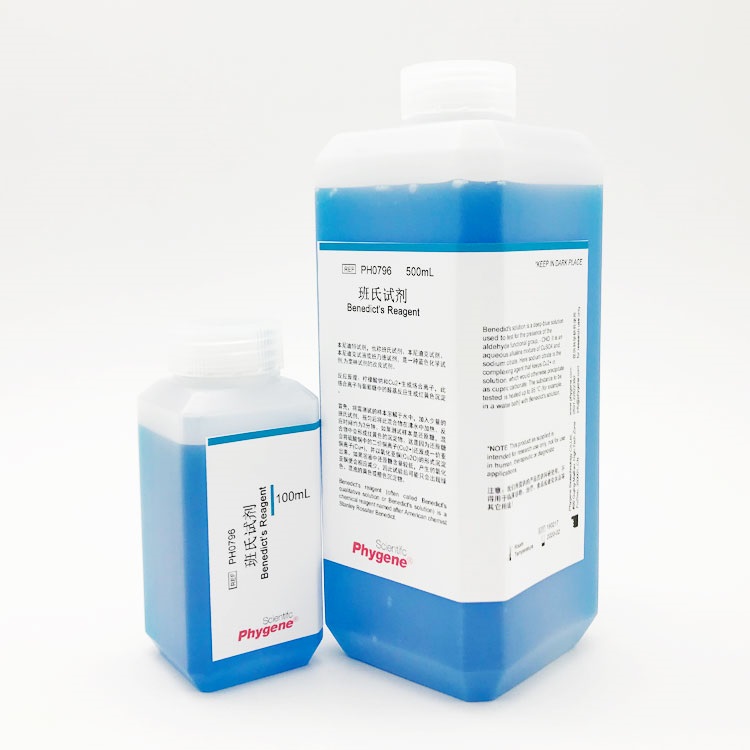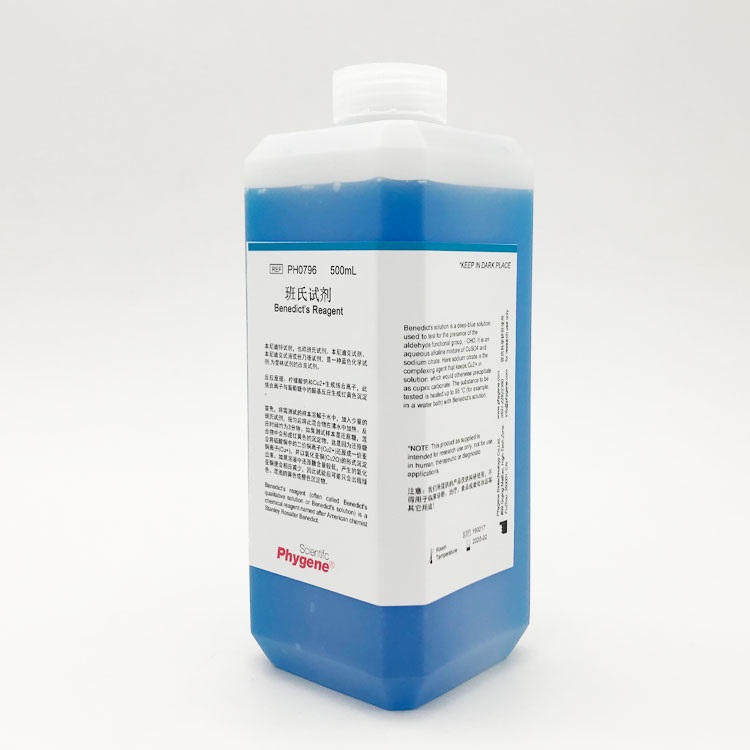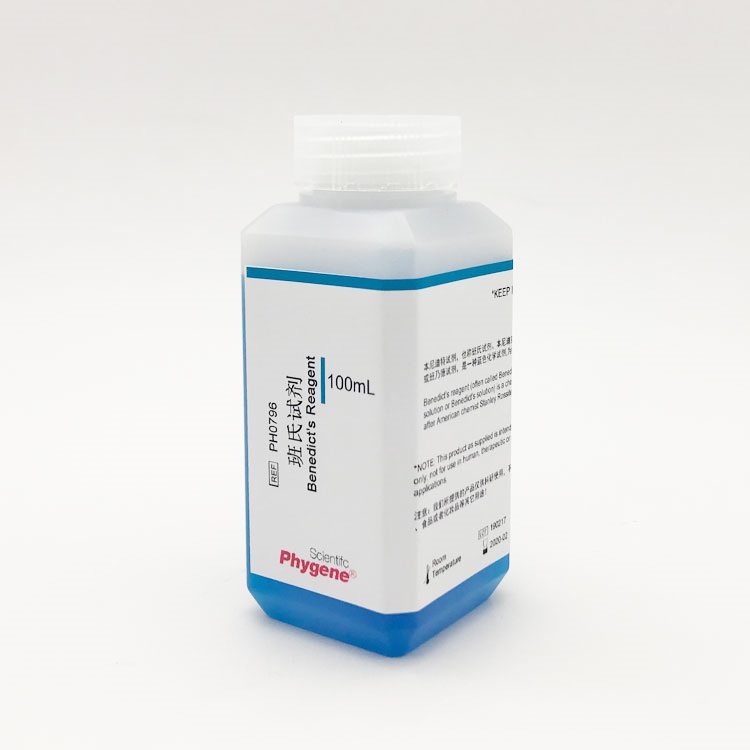班氏试剂
Benedict's Reagent
询价
500ml
起订
湖北 更新日期:2025-01-22
产品详情:
- 中文名称:
- 班氏试剂
- 英文名称:
- Benedict's Reagent
- 保存条件:
- 常温储存
- 纯度规格:
- 99%
- 产品类别:
- 试剂
- 含量:
- 99%
- 包装:
- 500ml/瓶
- 外观:
- 液体
公司简介
康迪斯化工(湖北)有限公司是一家立足于生命科学领域有自主知识产权的高新技术企业,主要从事生物试剂的研发与生产,并以持续探索和开发生命科学技术为动力,致力于为科研工作者提供实用、高效的科研试剂,为生命科学的研究与发展提供有意义的帮助。
| 成立日期 | (6年) |
| 注册资本 | 200万 |
| 员工人数 | 10-50人 |
| 年营业额 | ¥ 1000万-5000万 |
| 经营模式 | 贸易,工厂,试剂 |
| 主营行业 | 无机化工,中间体,生物化工,有机原料,化学试剂 |
班氏试剂相关厂家报价 更多
-
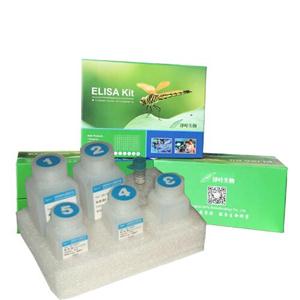
- 班氏试剂
- 上海泽叶生物科技有限公司 VIP
- 2025-01-20
- ¥290
-
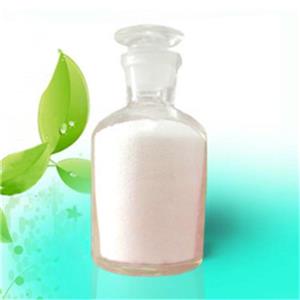
- 利伐沙班API,利伐沙班中间体,科研出口试剂原料
- 湖北鸿福达生物科技有限公司 VIP
- 2025-02-02
- 询价
-
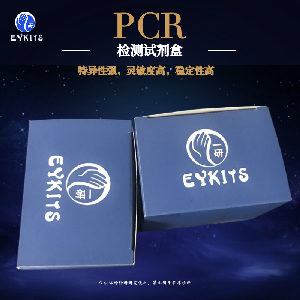
- 班氏丝虫PCR检测试剂盒
- 上海嘉定区澄浏公路52号 VIP
- 2025-01-25
- ¥3380
-
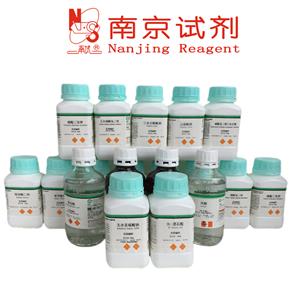
- 纳氏试剂
- 南京化学试剂股份有限公司 VIP
- 2025-01-24
- ¥211.8

